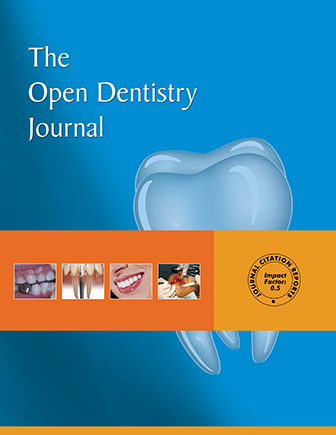Patient Satisfaction regarding Conventional One-Piece Versus Two-Piece Magnet-Retained Obturator for Patients with Complete Edentulism: A Preliminary Crossover Clinical Trial
Abstract
Purpose:
This study aimed at evaluating patients' satisfaction with conventional one-piece obturators versus two-piece magnet-retained obturators in completely edentulous patient maxillectomy cases.
Materials and Methods:
Ten completely edentulous participants with hemimaxillectomy (8 males and 2 females) were selected in a crossover study. Participants received a conventional obturator one-piece and two-piece obturators connected by magnet attachment in alternate periods (sequences A‐B and B‐A), and outcomes were assessed after 1 week, 3 months, and 6 months Evaluation was made using Obturator Functioning Scale (OFS) and Oral Health Impact Profile for edentulous people (OHIP-EDENT). One way ANOVA test and multivariate analysis of variance with a general linear model with repeated measures was used to test the impact of the group, time, and order on each of the studied scores (α=.05).
Results:
Magnet design showed a statistically significant lower score (P <.050) than the conventional design regarding the overall satisfaction score of OFS along all follow-up periods. Concerning OHIP-EDENT, the magnet design showed a statistically significant lower score (P <.050) than the conventional design regarding total functional limitations, total physical pain, and total social disability along all follow-up periods while for total psychological discomfort, total physical disability, and total handicap, no statistically significant difference was observed between both groups (P >.050).
Conclusion:
Two-pieces magnet-retained obturator could provide better satisfaction and better restoration of orofacial function than the conventional one to manage completely edentulous patients.
Clinical Trial Registration Number:
NCT05066828


